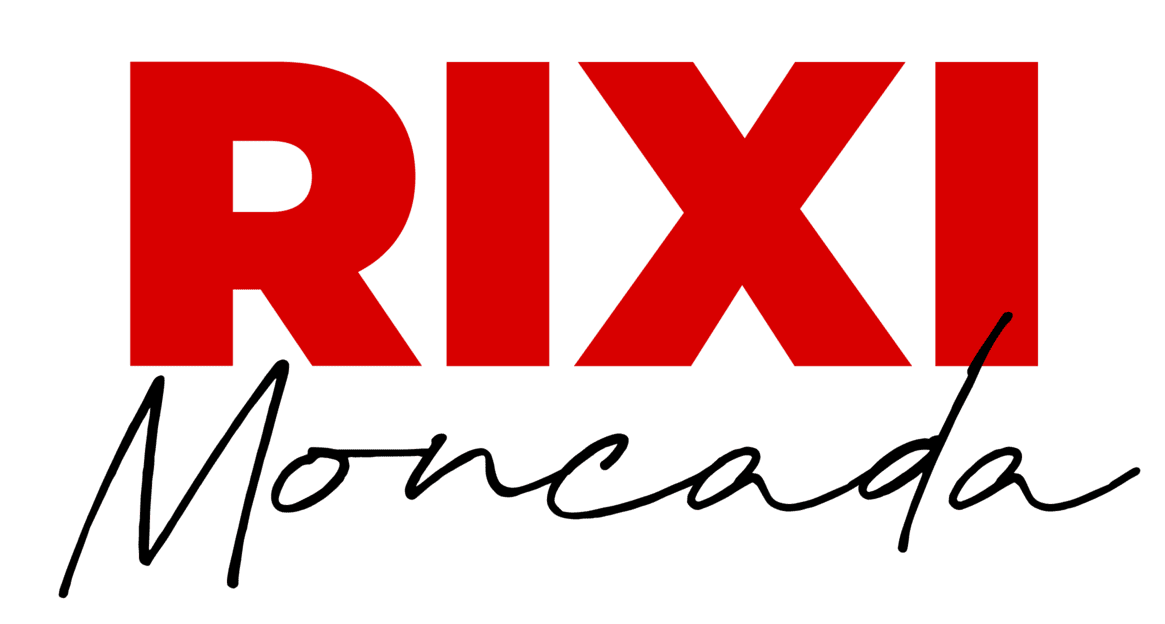Understanding The Link Between Federal Debt And Mortgage Costs

Table of Contents
How Government Borrowing Impacts Interest Rates
The relationship between federal debt and mortgage costs is fundamentally rooted in the principles of supply and demand in the bond market. When the government needs to finance its debt—that is, to cover its spending exceeding tax revenue—it issues bonds. This increased borrowing increases the demand for loanable funds in the financial system.
- Increased demand for loanable funds: The government's massive borrowing competes with other borrowers, including banks and mortgage lenders.
- Higher interest rates across the board: This heightened demand pushes interest rates upward, affecting not only government borrowing costs but also impacting mortgage rates, credit card interest, and other loan types.
- The Federal Reserve's role: The Federal Reserve (the Fed) plays a crucial role in managing interest rates. While the Fed aims for stable prices and maximum employment, its actions to combat inflation or stimulate the economy can influence the relationship between federal debt and mortgage costs. Increased government borrowing can sometimes force the Fed's hand, requiring it to raise interest rates to control inflation, further impacting mortgage rates.
Understanding the impact of federal debt on mortgage rates is key to navigating the housing market effectively. The government borrowing and mortgage costs are inextricably linked, and this connection has significant ramifications for homebuyers. The federal debt's influence on interest rates extends beyond mortgages, affecting many aspects of personal finance.
Inflation's Role in Rising Mortgage Costs
Increased federal debt can be a contributing factor to inflation. When the government borrows heavily, it often increases the money supply.
- Increased money supply: This influx of money into the economy can lead to a rise in prices if the economy doesn't grow at a corresponding pace.
- Inflationary pressures: This imbalance between the money supply and economic output fuels inflation, eroding the purchasing power of the dollar.
- Central bank response: To combat inflation, central banks like the Federal Reserve often raise interest rates. This makes borrowing more expensive, impacting mortgage costs.
- Historical examples: Examining historical data reveals a correlation between periods of high federal debt and subsequent inflationary pressures, which directly influenced mortgage costs. For instance, the high inflation of the 1970s coincided with significant increases in the national debt.
The interplay between federal debt and inflation underscores the importance of monitoring both factors when considering mortgage costs. The impact of inflation on mortgage costs is particularly significant for long-term borrowers.
The Impact of Investor Sentiment and Economic Uncertainty
Investor confidence plays a crucial role in determining interest rates, including those for mortgages. When investors become concerned about the sustainability of the national debt, they may demand higher returns on their investments.
- Concerns about debt sustainability: This uncertainty can lead to a rise in interest rates across the board, making mortgages more expensive.
- Increased economic uncertainty: Economic uncertainty, often exacerbated by high levels of federal debt, further increases investor demand for higher returns to offset the perceived risk.
- Flight to safety: Investors may seek "safe haven" assets like government bonds, driving up demand and yields, indirectly impacting mortgage rates.
Investor sentiment and mortgage rates are closely intertwined. Federal debt and investor confidence are crucial elements of this relationship, impacting economic stability and, consequently, mortgage costs. Understanding this dynamic is vital for navigating the complexities of the mortgage market.
Specific Examples and Case Studies
Historically, periods of rapid increases in federal debt have often been followed by increases in long-term interest rates, including mortgage rates. For example, the substantial increase in federal debt following World War II contributed to a period of higher interest rates. Similarly, the rapid accumulation of debt during the 2008 financial crisis, exacerbated by government bailouts, also impacted mortgage costs, though other factors were also at play. Analyzing historical data visually through charts can clearly illustrate this correlation, though it's important to note that this is a complex relationship with many contributing factors.
Conclusion
The link between increased federal debt, higher interest rates, and increased mortgage costs is undeniable. Government borrowing, inflation, and investor sentiment all contribute to this complex relationship. Understanding how federal debt influences mortgage costs is crucial for making informed financial decisions. By staying updated on economic news and consulting with a financial advisor, you can better navigate the potential impact of fluctuations in federal debt and mortgage costs on your personal finances. Managing your finances in light of increasing federal debt and mortgage costs requires vigilance and proactive planning.

Featured Posts
-
 Dr John Delonys Podcast Analyzing The Impact Of Addressing Uncomfortable Topics
May 19, 2025
Dr John Delonys Podcast Analyzing The Impact Of Addressing Uncomfortable Topics
May 19, 2025 -
 Stolen Restaurant Stolen Dreams The Fight For Compensation Begins
May 19, 2025
Stolen Restaurant Stolen Dreams The Fight For Compensation Begins
May 19, 2025 -
 Ufc 313 Star Concedes Opponent Deserved Victory After Robbery Claims
May 19, 2025
Ufc 313 Star Concedes Opponent Deserved Victory After Robbery Claims
May 19, 2025 -
 Dimereis Sxeseis Kyproy Oyggarias Syzitiseis Kompo Sigiarto Gia Kypriako Kai Proedria Ee
May 19, 2025
Dimereis Sxeseis Kyproy Oyggarias Syzitiseis Kompo Sigiarto Gia Kypriako Kai Proedria Ee
May 19, 2025 -
 Rixi Moncada Vs Cossette Lopez Choque De Posturas
May 19, 2025
Rixi Moncada Vs Cossette Lopez Choque De Posturas
May 19, 2025
